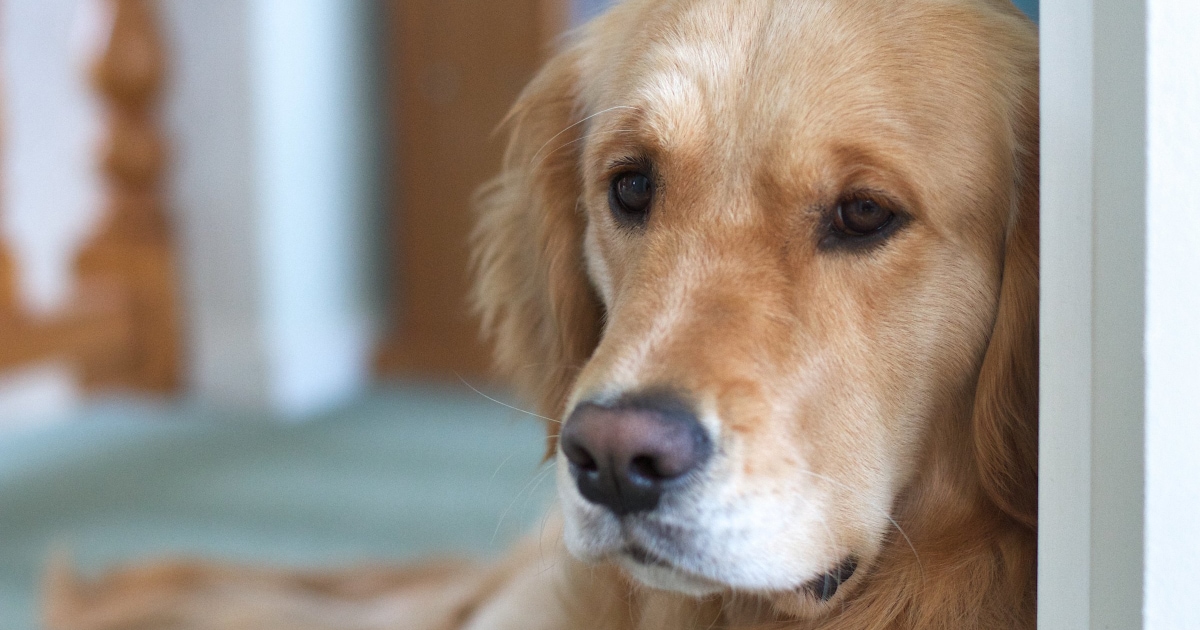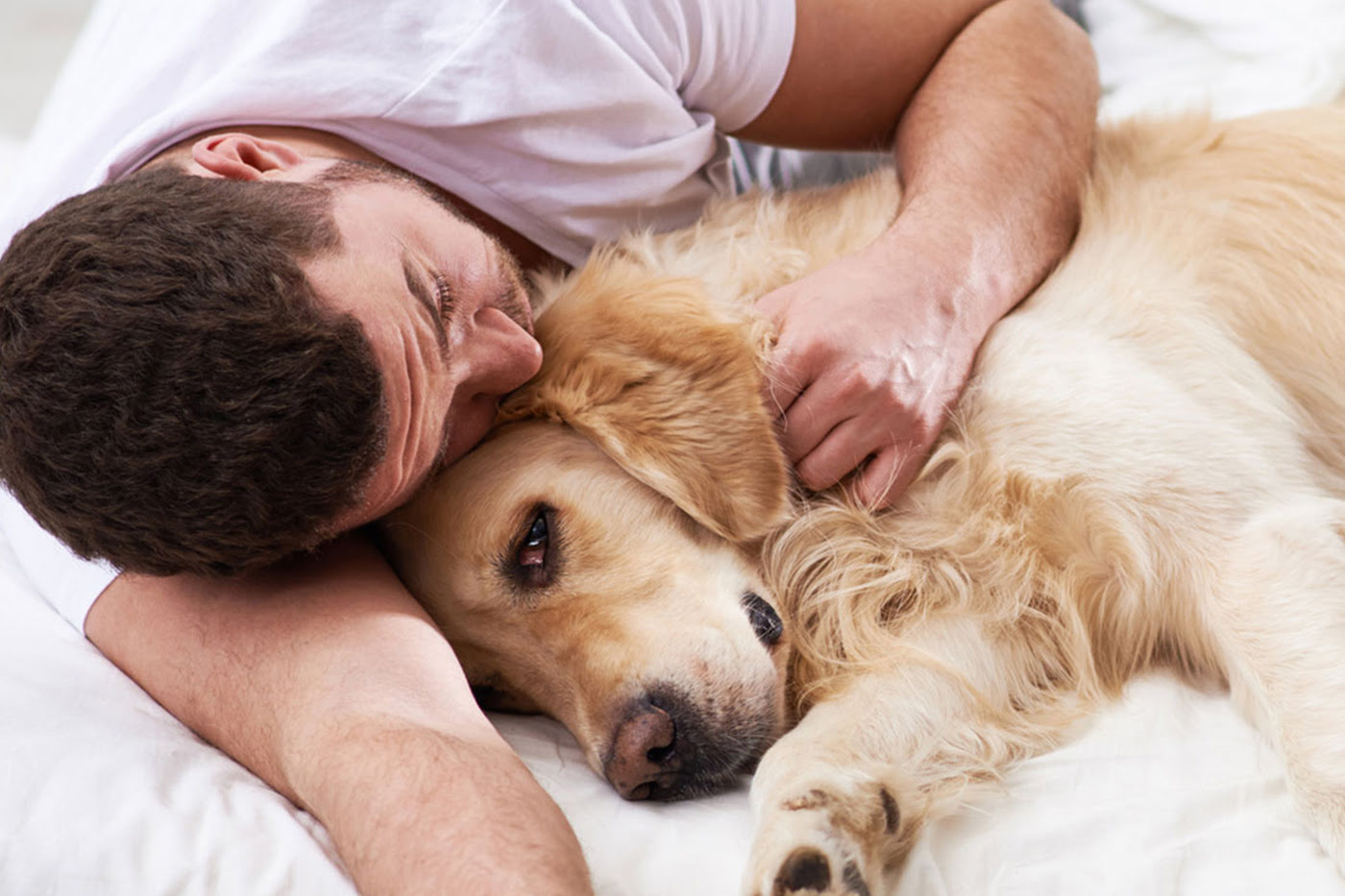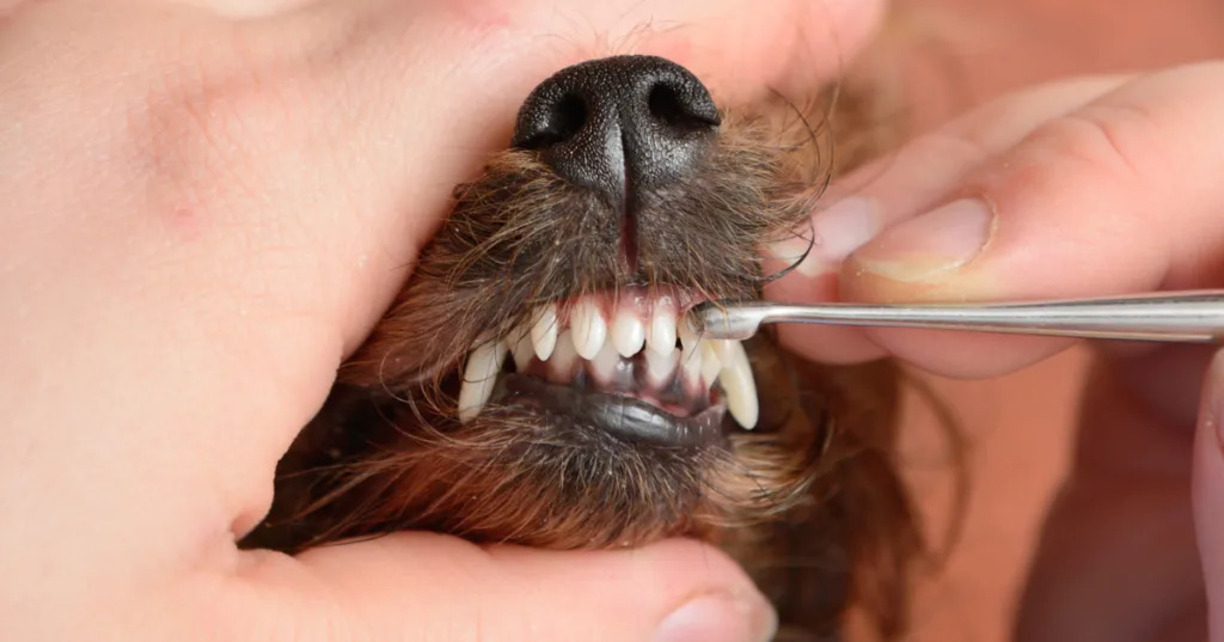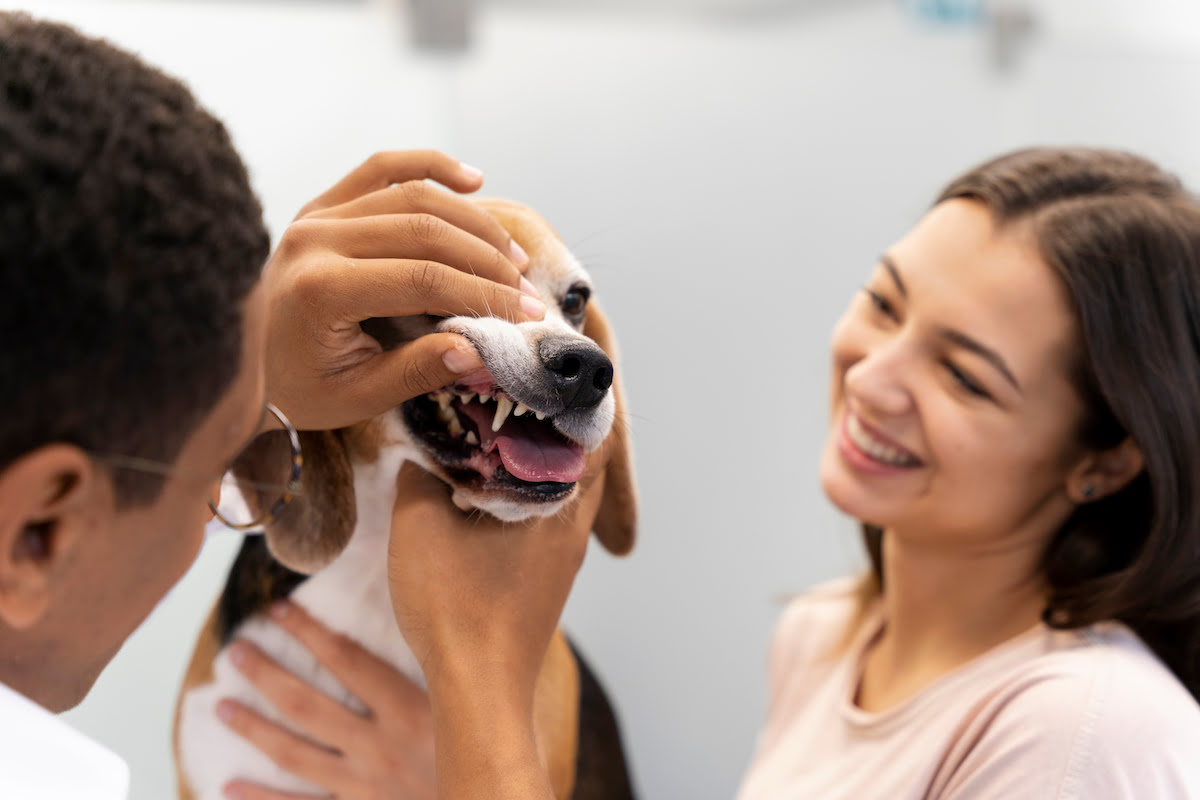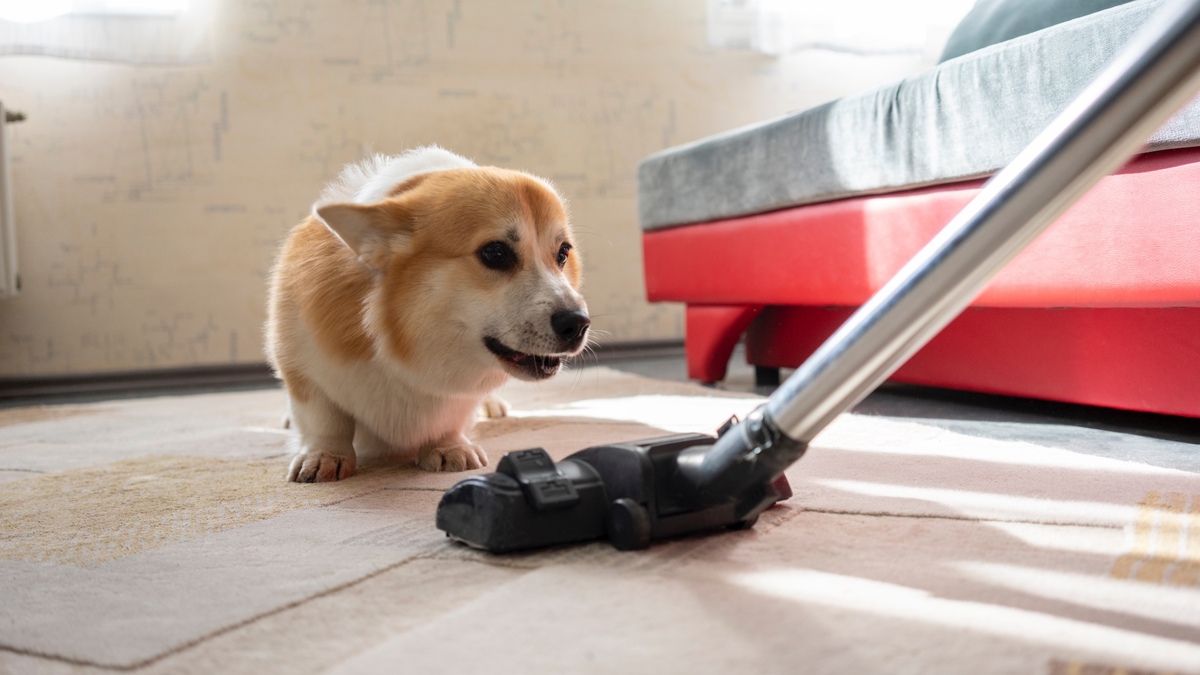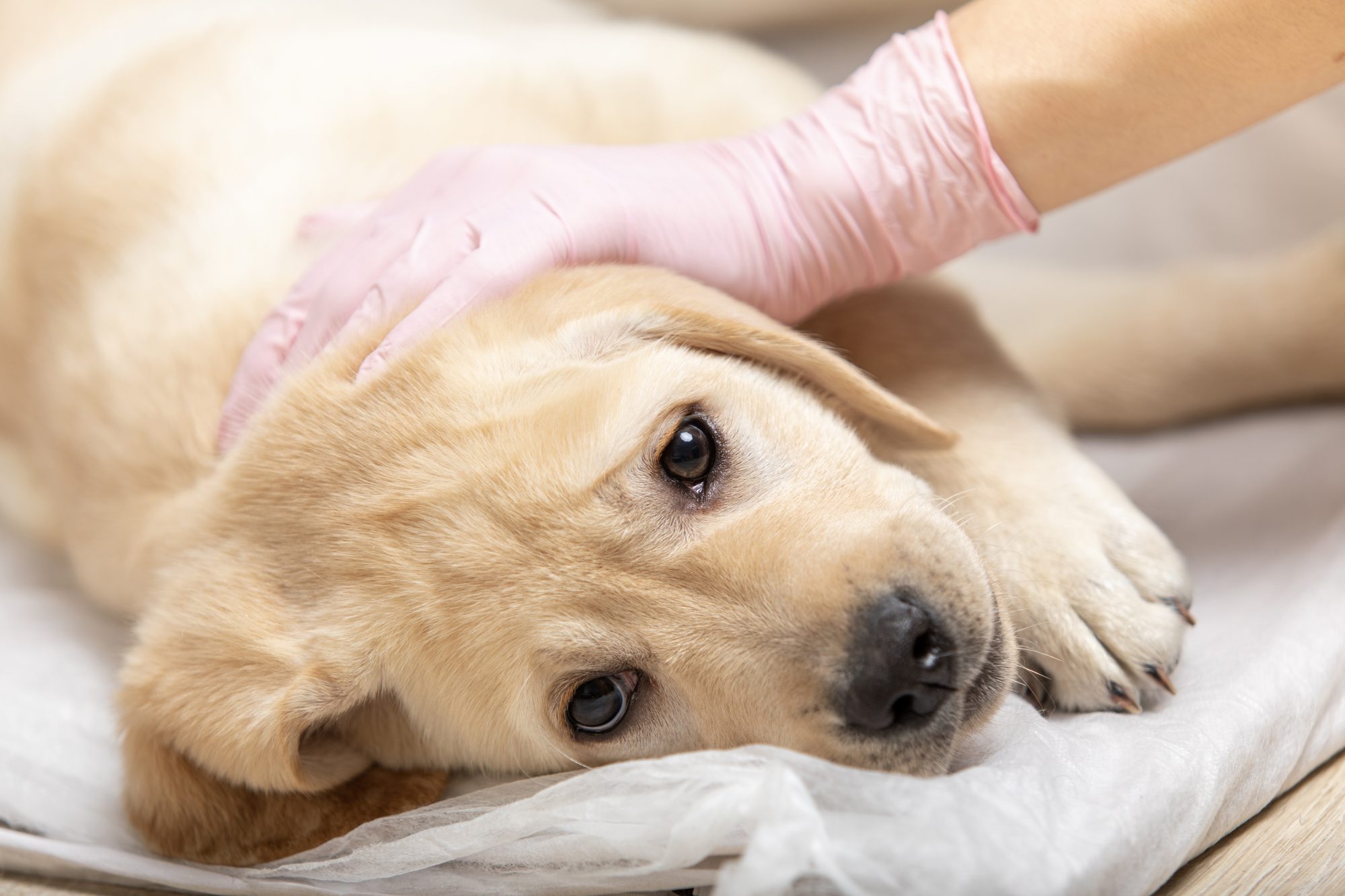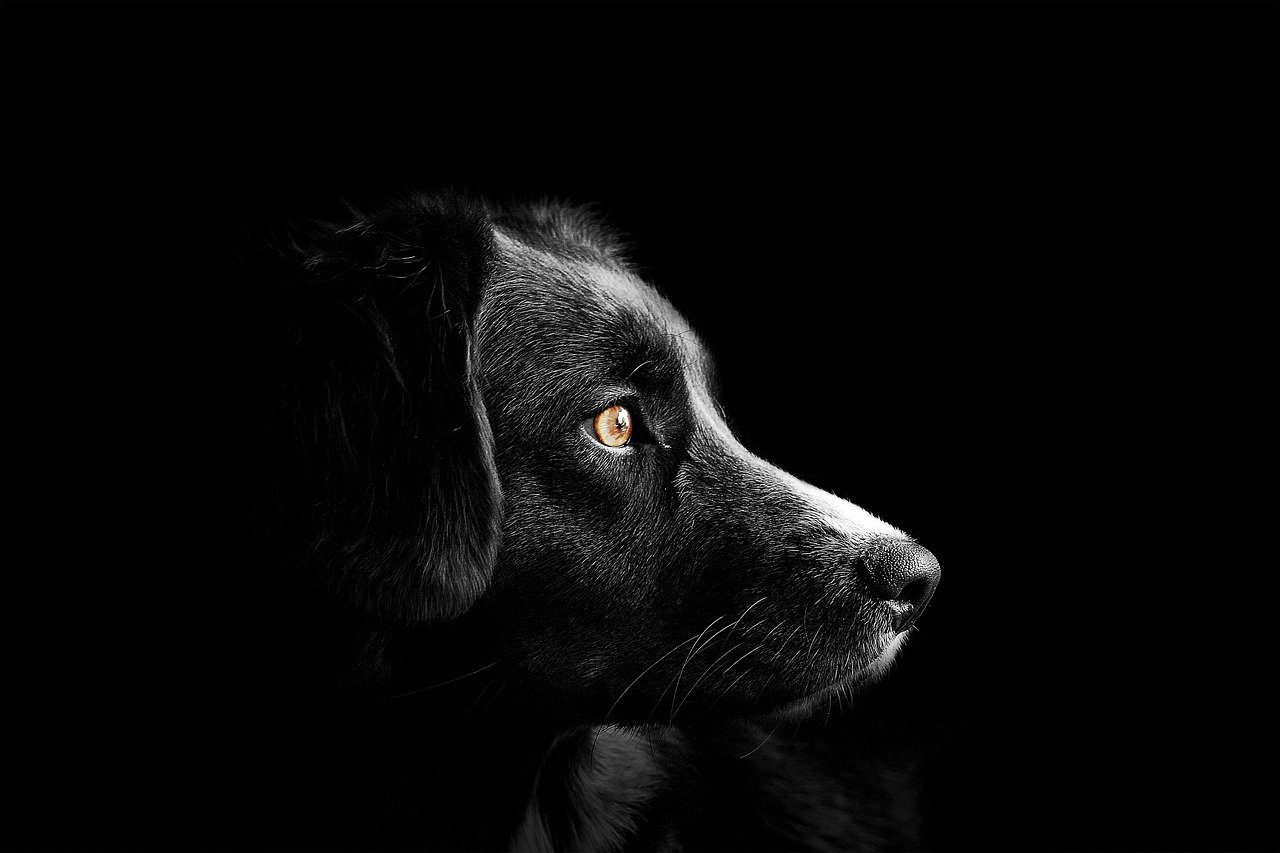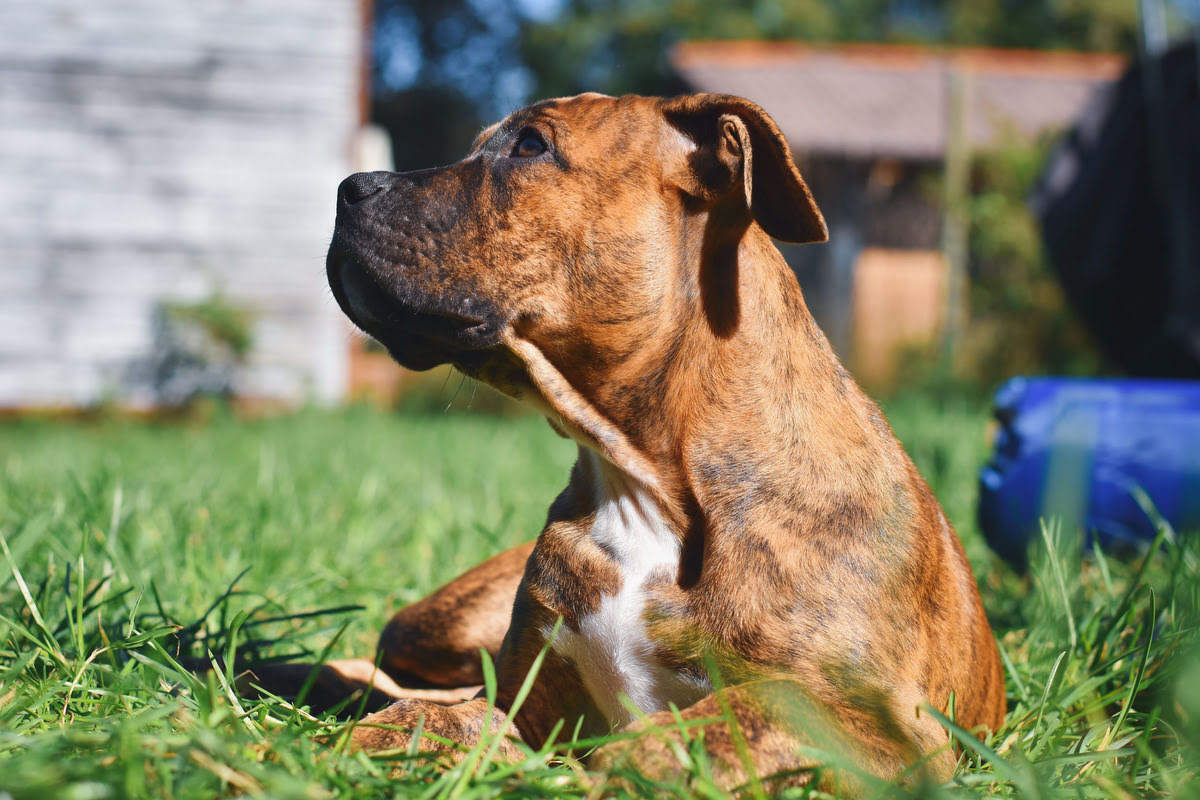Home>Health & Wellness>End-of-Life Care>Hospice and Palliative Care>Caring for Your Beloved Dog Diagnosed with Cancer


Hospice and Palliative Care
Caring for Your Beloved Dog Diagnosed with Cancer
Published: November 23, 2023
Facing the reality that your pet has cancer can be heartbreaking. Here's everything you need to know about treatments, management, and how to create the best life for your dog during this difficult time.
(Many of the links in this article redirect to a specific reviewed product. Your purchase of these products through affiliate links helps to generate commission for Pawsomeoldies.com, at no extra cost. Learn more)
Hearing that your dog has cancer can be a devastating experience. However, with advancements in veterinary medicine and a deeper understanding of the disease, there are now more options than ever to help manage this challenging situation. In this comprehensive guide, we will explore the essential steps and considerations for caring for a dog diagnosed with cancer.
Understanding the Prevalence of Cancer in Dogs
Cancer is not uncommon in dogs, especially as they age. According to the Animal Cancer Foundation, approximately 6 million new cancer diagnoses are made each year in dogs in the United States alone. Recognizing this prevalence can help you understand that you’re not alone in this journey.
The Importance of an Accurate Diagnosis
The first step after a cancer diagnosis is ensuring the accuracy of the diagnosis. With the advancement in cancer research, more precise diagnostic techniques are available, leading to better treatment outcomes. It’s crucial to ask your veterinarian if the cancer has spread, as this can influence treatment decisions.
Exploring Treatment Options
Treatment options vary depending on the type of cancer. They can include surgery, chemotherapy, radiation therapy, and immunotherapy. A veterinary oncologist can guide you through these options and help you choose the best course for your dog.
The Role of a Veterinary Oncologist
Seek a second opinion from a board-certified veterinary oncologist. They can provide detailed insights into your dog’s condition and suggest the most effective treatment plan.
Understanding the Treatment Process
Chemotherapy in dogs might involve pills, injections, or IV, and is generally well-tolerated. Radiation therapy requires anesthesia for precise treatment. Pain management, post-op care, and nutritional therapies are also vital aspects to consider.
Managing Treatment Side Effects
Dogs generally tolerate chemotherapy better than humans. However, some dogs may experience side effects like vomiting or diarrhea, and a weakened immune system is a possibility.
Financial Considerations
The cost of cancer treatment can be high, but it’s important to explore all options. Some treatments might be more affordable than you think, and there are often palliative care options available that can provide comfort without a high price tag.
The Importance of Nutrition
Maintaining a diet that is easily digestible and nutritionally balanced is crucial during cancer treatment. This helps your dog cope better with the side effects of radiation and chemotherapy.
Palliative Care for Comfort
Palliative care is essential for maintaining your dog’s quality of life. It focuses on minimizing pain and sometimes slowing cancer growth, allowing your dog to feel like themselves for as long as possible.
Read more: How To Diagnose A Dog With Arthritis
Regular Communication with Veterinarians
Maintaining open lines of communication with your veterinarian and veterinary oncologist is crucial. They are your primary resource for managing your dog’s care and maintaining their quality of life.
Coping with Emotional Stress
It’s normal to feel a range of emotions during this time. Remember, you’re not alone, and there are support groups and resources available for pet owners going through similar experiences.
Understanding the Nature of Cancer in Pets
Educating yourself about cancer in pets is crucial. Knowing the type of cancer, its behavior, and potential spread can help you make informed decisions about your dog’s care.
Monitoring and Adjusting Treatment
Cancer treatment in dogs is not static. It requires ongoing monitoring and adjustments as needed, based on how your dog responds to the treatment.
Read more: How To Care For A Dog With Arthritis
Lifestyle Adjustments for Your Dog
Consider making lifestyle adjustments to accommodate your dog’s needs during treatment. This can include modifying their environment for comfort and ease of movement.
Wrapping Up: A Journey of Love and Care
Caring for a dog with cancer is undoubtedly challenging, but it’s also a journey filled with love and devotion. Every step you take, every decision you make, is a testament to the special bond you share with your furry friend. Remember, each day is a gift, and your care and attention make your dog’s life more comfortable and meaningful.
We hope this guide has provided you with the information and support you need during this challenging time. Your love and care can make a significant difference in your dog’s cancer journey.
